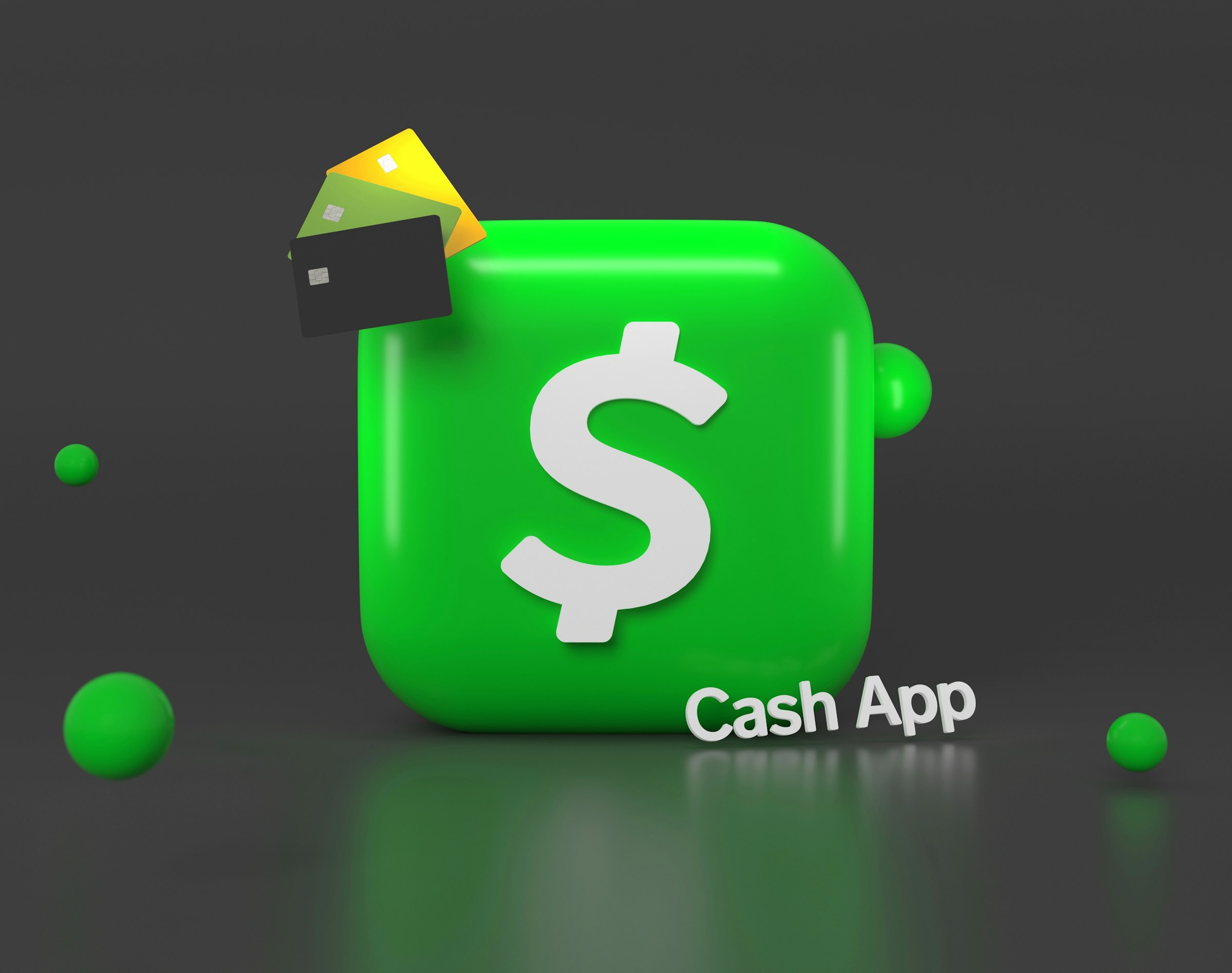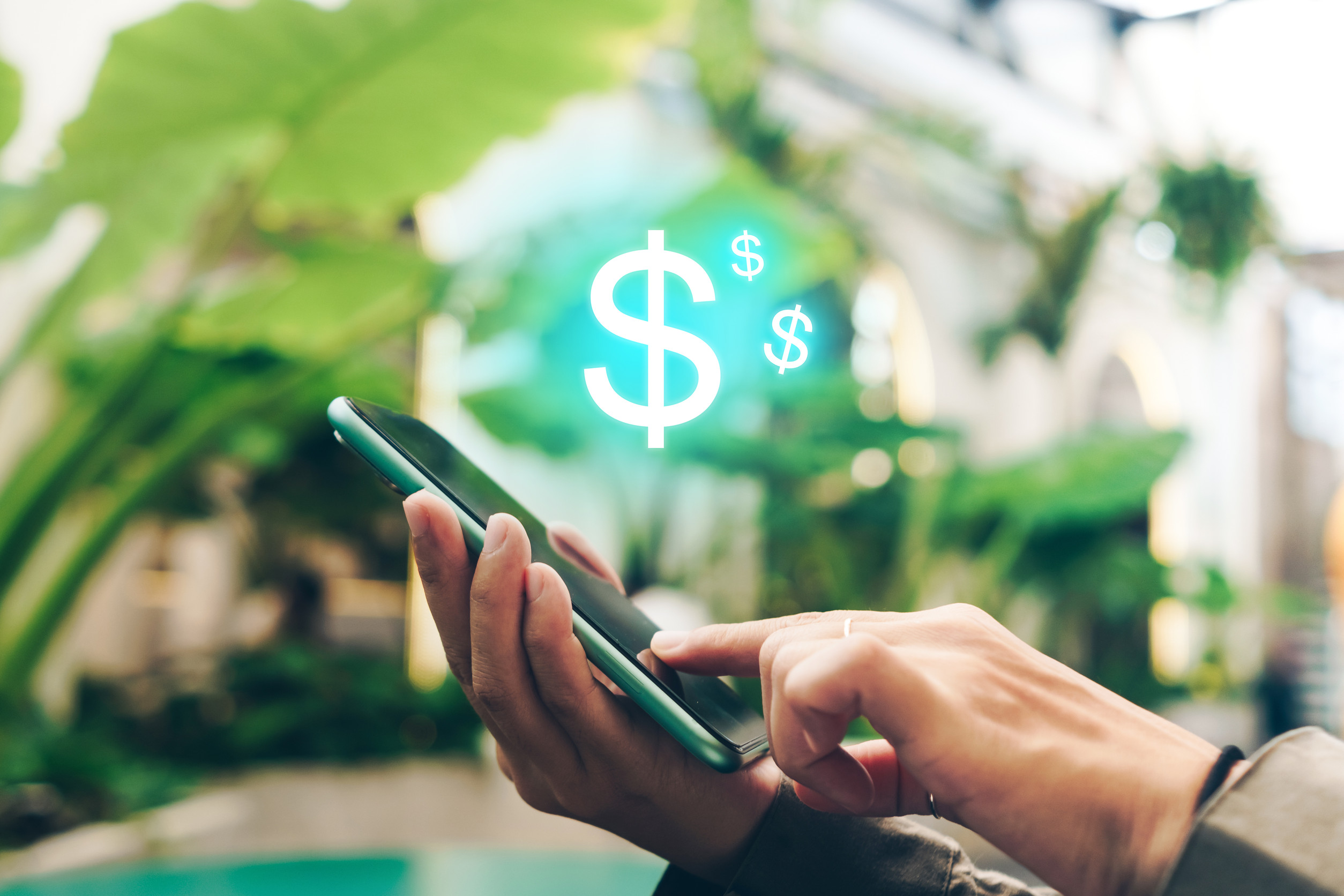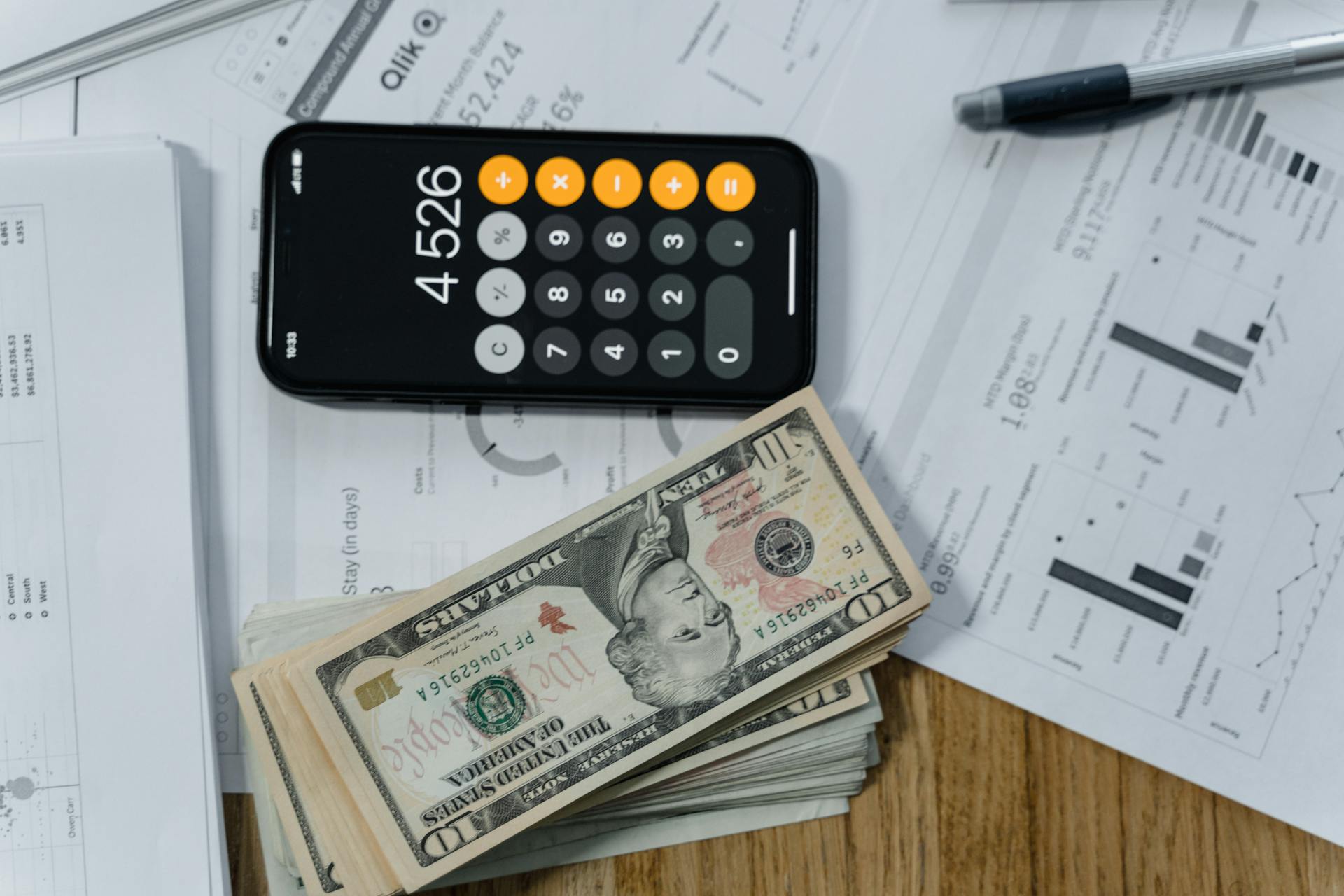Cash App started as a simple way to send money to friends, but now it lets users borrow cash too. Is this a helpful financial tool when people are in a pinch, or just another way to fall into debt? Let’s break it down to help decide if it’s right for someone’s financial situation.
What Is Cash App?

Created in 2013, this mobile app lets people send and receive money instantly without the frustrating delays of bank transfers. Think of it as a digital wallet that lives on your phone. However, these days, Cash App does far more than just move money between friends. Users can have their paychecks deposited directly, shop with a physical Cash Card (their version of a debit card), buy stocks with as little as $1, and even trade Bitcoin. The app’s bright green interface with its now-familiar dollar sign has become especially popular with younger adults and people who don’t use traditional banks. The relatively new borrowing feature is just one of the latest ways Cash App has expanded beyond simple money transfers into being more of an all-in-one financial tool.
How Cash App Loans Work

Cash App keeps borrowing pretty simple. If eligible, users can get between $20 or more depending on how they’ve used the app in the past (Note: Borrowing limits seem to vary but most sources seem to say $200 is the maximum).
Borrowers typically need to pay the funds back within four weeks. Unlike traditional banks, Cash App doesn’t do a deep dive into credit history. Instead, they look at how people have used their app, this means transaction history, activity levels, and whether they’ve caused any problems. This makes Cash App loans accessible to people who might get rejected by banks due to limited credit history or past financial mistakes. The whole process happens right in the app many already use, with no complicated paperwork or lengthy waiting periods.
What Cash App Loans Really Cost

Cash App charges fees rather than traditional interest, but this doesn’t make borrowing cheap. Users pay a flat 5% fee upfront, plus an additional 1.25% weekly after the first four weeks if they don’t repay on time. This straightforward pricing hides a shocking reality: when converted to an annual percentage rate (APR), borrowers are looking at somewhere between 60% and 200%, far higher than most credit cards or personal loans.
While paying $5 on a $100 loan might not sound like much, it’s the equivalent of an extremely high interest rate when calculated annually. Cash App does show the total amount needed for repayment before finalizing the loan, but many people focus on the small dollar amount of the fee rather than understanding how expensive this rate would be for larger, longer-term borrowing.
The Details on Repayment

Cash App automatically takes payments from the user’s balance when they’re due, which is convenient but can cause problems if not prepared. Borrowers can pay everything back at once or in smaller installments based on what works for their budget. The app sends reminders before taking payments, but if notifications are missed or there’s not enough money in the account, additional fees could apply.
Keep in mind, not having enough funds for scheduled payments might trigger a cascade of financial problems beyond the original loan amount. The best approach is creating a personal repayment plan that doesn’t rely solely on Cash App’s automatic system, setting calendar reminders and ensuring funds will be available when payments are due.
When Cash App Borrowing Might Be Foolish

Several red flags should make potential borrowers think twice before tapping that “Borrow” button. The ease of getting money can lead to impulsive borrowing without proper planning. The high effective interest rate can quickly turn a small loan into a significant financial burden, especially for those already struggling with money. Many users fall into a cycle of dependency, paying off one loan only to immediately take out another. Since Cash App doesn’t thoroughly check ability to repay, someone might get approved for an amount they’ll struggle to pay back.
Better Options Worth Considering First

Before jumping into Cash App borrowing, exploring alternatives could save money and stress. For those with decent credit, traditional bank personal loans typically offer much lower interest rates, though they take longer to process. Credit unions specifically design emergency loans for short-term needs with fair terms and often provide financial education resources too.
Cash App borrowing isn’t entirely good or bad – it’s a tool that makes sense in some situations but creates problems in others. These loans can be genuinely helpful during true emergencies when there are no alternatives and quick repayment is guaranteed. In sum, Cash App loans work best as a last-resort, short-term bridge rather than a solution for ongoing money shortages.
Read the full article here














